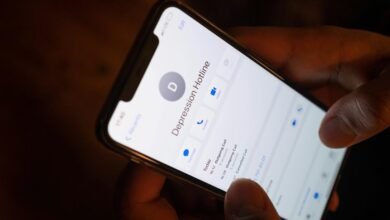Secssagem: the Hidden Persona

The concept of Secssagem embodies the complexities of identity within digital landscapes. Individuals often present curated versions of themselves, obscuring their true selves behind layers of expectation and societal norms. This tension raises questions about authenticity and vulnerability. As users traverse multiple platforms, the allure of connection is countered by the risk of deeper emotional dissonance. What drives this intricate dance between self-representation and the fear of exposure? The exploration reveals unsettling truths about modern identity.
The Emergence of Online Personas
As individuals increasingly navigate the digital landscape, the phenomenon of online personas has emerged as a compelling reflection of identity construction in virtual spaces.
These crafted virtual identities allow for diverse online expression, often blurring the lines between authenticity and performance.
This dynamic interplay invites critical inquiry into how personal narratives are reshaped, revealing both the liberating potential and the complexities of self-representation in a digital world.
Psychological Impacts of a Dual Identity
What psychological effects arise when individuals navigate the complexities of a dual identity?
Self perception shifts frequently lead to emotional dissonance, as individuals grapple with conflicting aspects of their personas. This internal struggle can foster anxiety, alienation, and a fragmented sense of self.
Ultimately, the quest for authenticity amidst duality ignites a profound exploration of identity, challenging the boundaries of personal freedom and societal expectations.
Navigating Authenticity in a Digital World
While the digital landscape offers unprecedented opportunities for self-expression, it simultaneously complicates the pursuit of authenticity. Individuals employ various self-presentation strategies to curate online identities, often masking their true selves.
This creates a paradox where online vulnerability becomes both a strength and a weakness, inviting connection yet risking exposure. Authenticity, thus, emerges as a delicate balance between personal truth and societal expectation in a hyper-connected world.
Conclusion
In a world where online personas flourish, the art of self-curation has become the ultimate performance. Users don masks of authenticity, skillfully juggling their curated identities while tiptoeing around the perilous cliff of exposure. As they chase the fleeting validation of likes and follows, one must ponder: are we truly connecting, or merely engaging in a grand charade? The digital stage offers liberation, yet it also demands the ultimate sacrifice—genuine selfhood, exchanged for the applause of a faceless audience.







